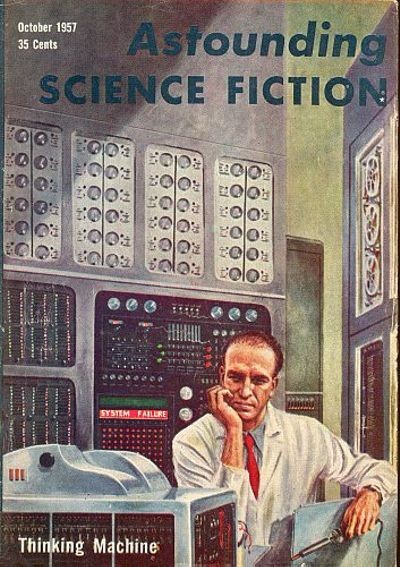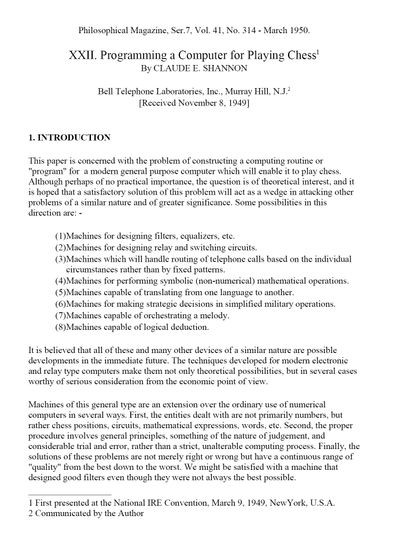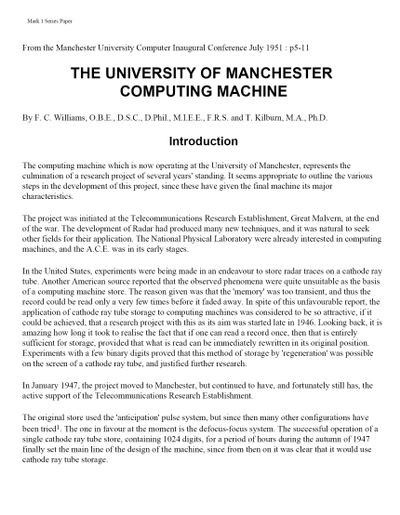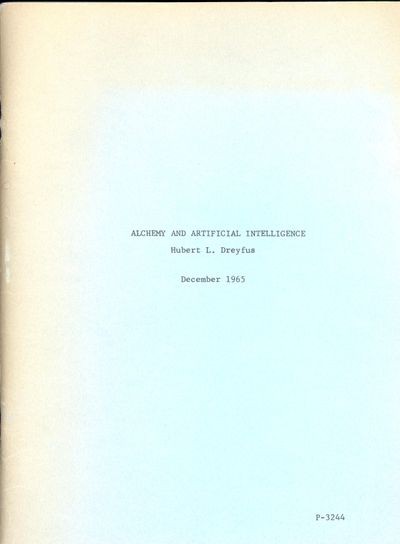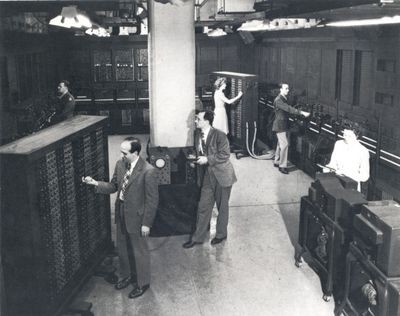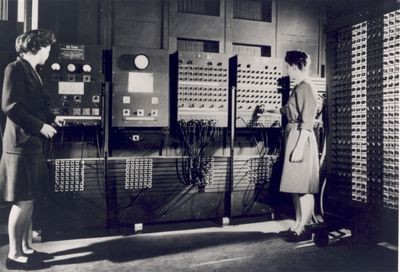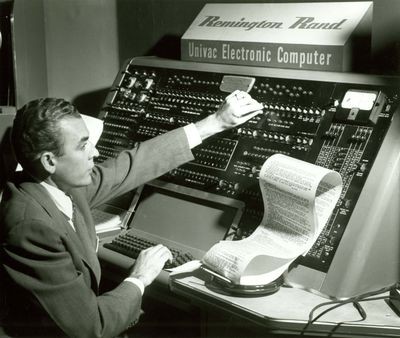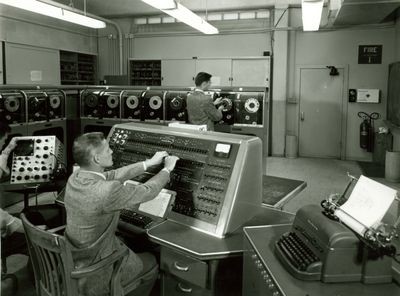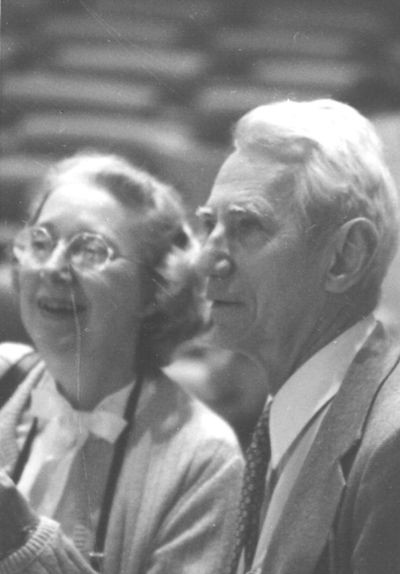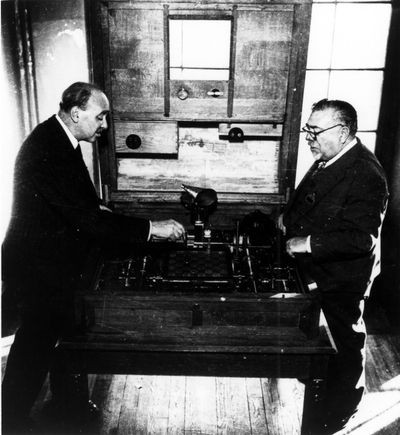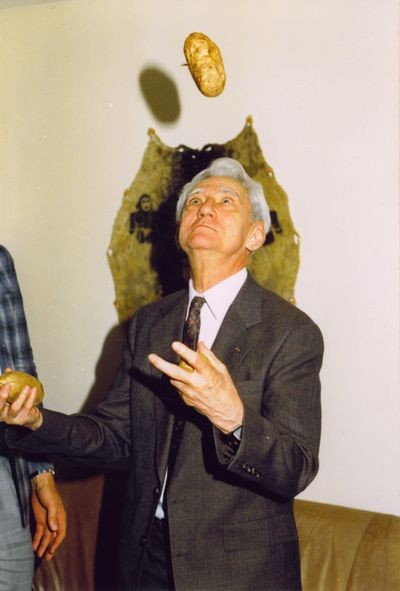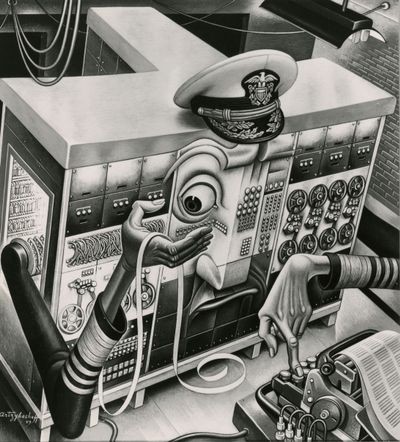Opening Moves: Origins of Computer Chess
The late 1940s was the era of the first primitive electronic computers, initially developed for wartime applications. As more powerful machines were built, scientists realized that they could apply them to other complex problems. Rapid progress led to predictions that computers would think, speak and perform human--or even superhuman--tasks.
“Thinking machines” excited the popular and scientific imagination. If a computer could play chess, then other problems that seemed to require human intelligence might also be solved. In a 1949 paper, computer pioneer Claude Shannon said of programming a computer to play chess that "Although of no practical importance, the question is of theoretical interest, and it is hoped that…this problem will act as a wedge in attacking other problems…of greater significance."
Because computing power was limited, programs in the late 1950s could only play at a basic level. It was in this environment, however, that scientists developed the fundamental techniques for evaluating chess positions and for searching possible moves and counter-moves. By the end of the 1960s, computer chess programs were good enough to occasionally win against amateur players.



